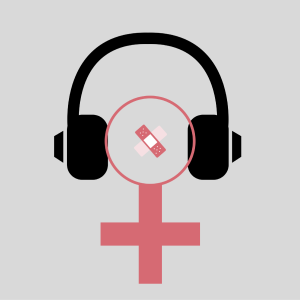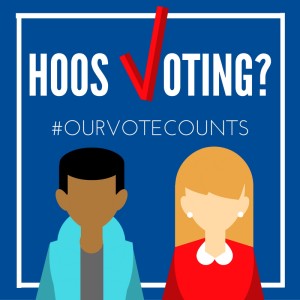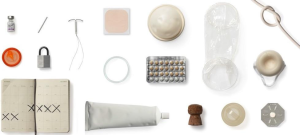Popular Articles
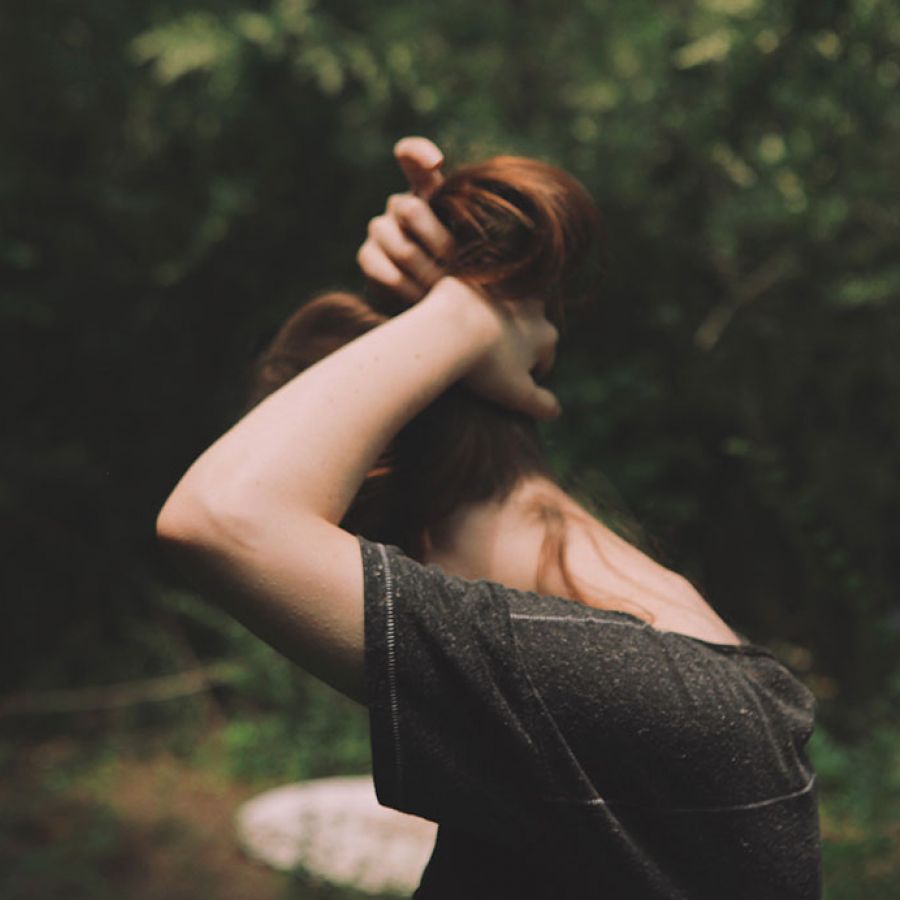
For this installment I took to the streets (metaphorically speaking) to interview a few friends about their hair and the intrinsic and imposed identities those little bundles of keratin confer.
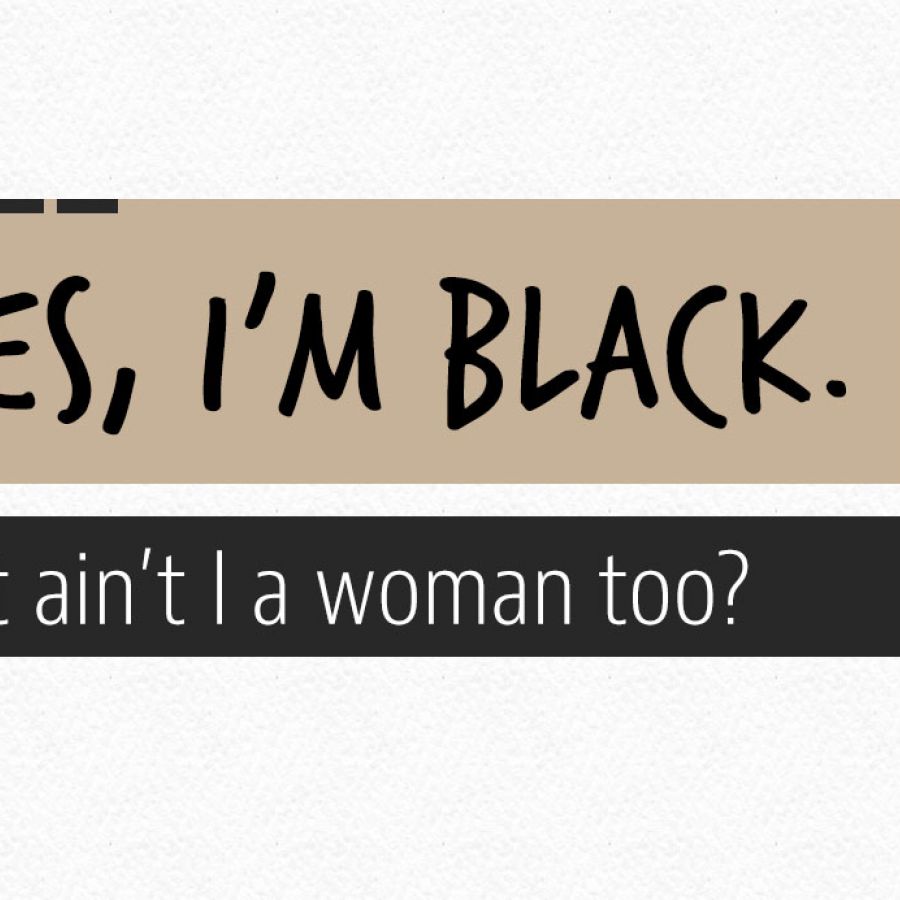
Sometimes I feel as though I need to start referring to myself as a “blackwoman,” one word, so people will stop trying to separate those two parts of my identity.

I am afraid of the dark. When I was young, I didn’t like to sleep because I feared those tiny little colorful beads we see when we turn off the lights. I couldn’t tell them where to go, what to make. They moved on their own accord, dancing to their own mechanisms. They could be beautiful.
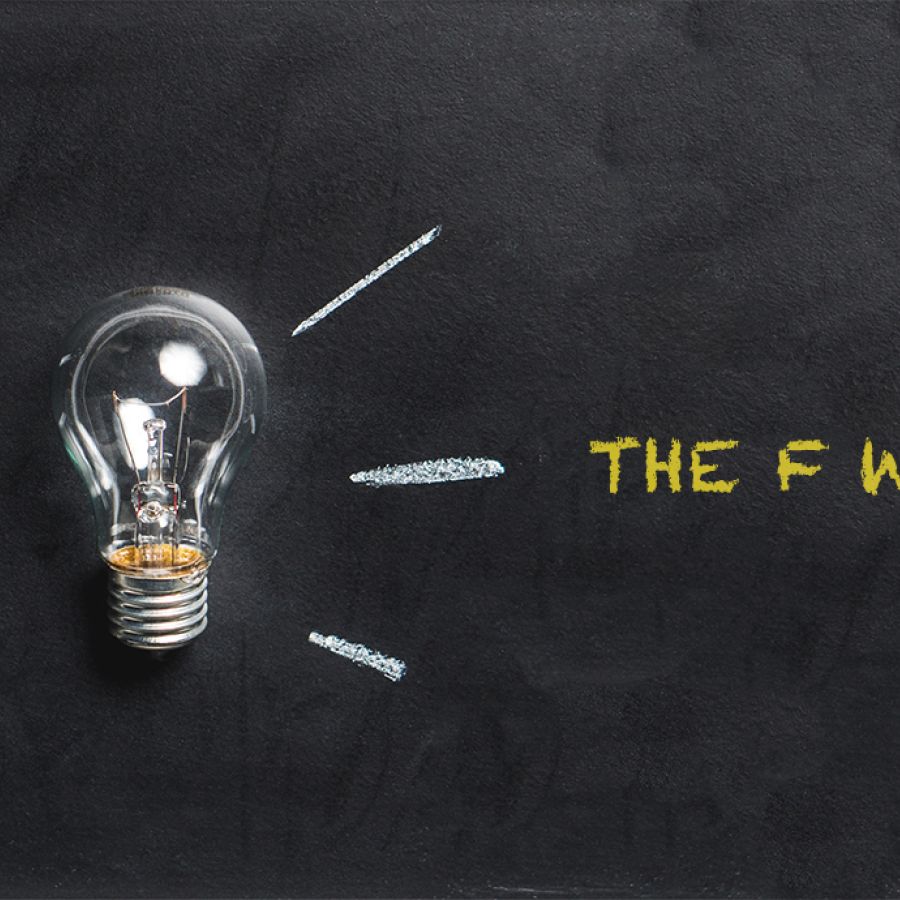
I refer to the beginning of my sophomore year of high school as my “Great Awakening.” That is when I found Feminism. It changed my whole life.
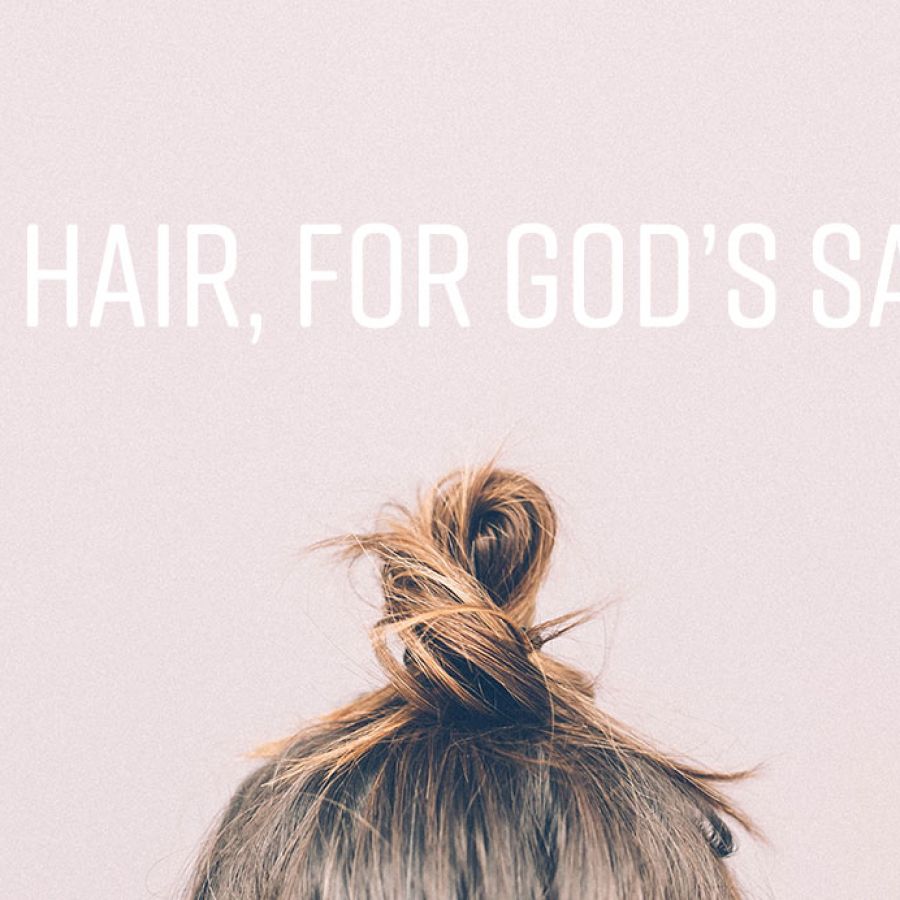
Bleached and dyed and tugged and straightened and curled and dried and oiled and trimmed and chopped. It’s a cumulative result, a regenerative but at the very least temporally affected font of keratin that can be a vehicle for self-expression, a curtain of self-defense, or somewhere in between. It’s a woman’s hair.
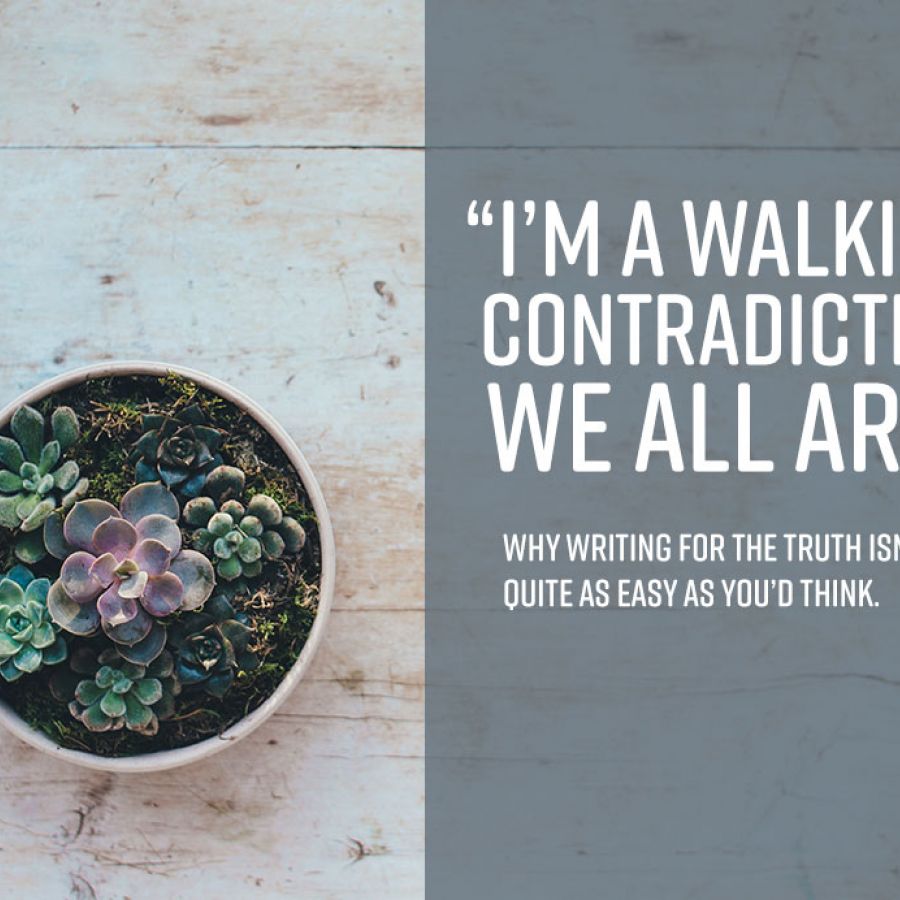
On September 16, 2016, English majors, English professors, and literature lovers gathered together and fangirled because we had the opportunity to see both Junot Diaz
Sara likes numbers. She was always great with them. At seven-years-old, she could add big numbers like 38473298 and 9383. She could multiply by 12s way earlier than her nine-year-old counterparts and she could tell you that the remainder of 78143 ÷ 68 is 11 in a matter of seconds without even using pen and paper.
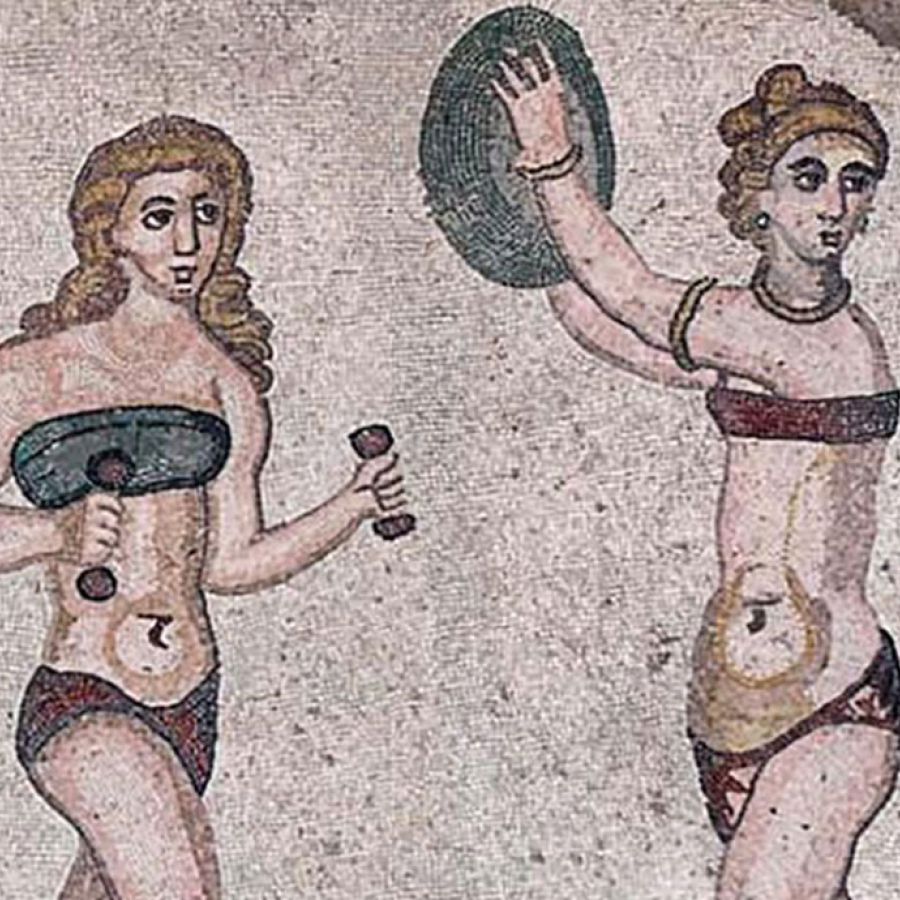
Women in Bikinis. Not exactly the first thing one thinks of when talking about the empowerment of women through sports.

